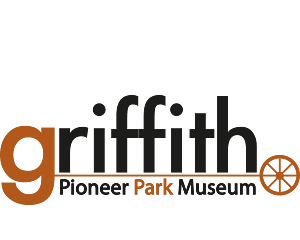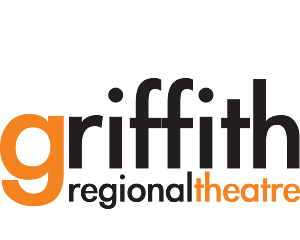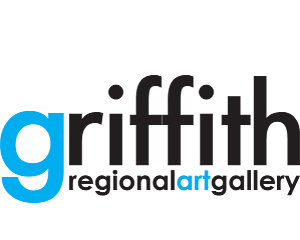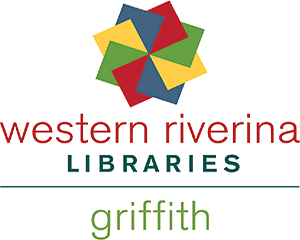Water Treatment
Griffith Water Treatment Plant

The Griffith Water Treatment Plant was opened in 1988 and has the capacity to produce 60ML of drinking water per day.
The treatment processes are:
- Coagulant dosing
- Flocculation
- Dissolved Air Flotation (DAF),
- Rapid Gravity Sand Filtration,
- Disinfection
- Fluoridation
- pH correction
- Powdered Activated Carbon can be dosed when raw water turbidity is high and 'tastes' become noticeable.
Water Treatment Process
1. Raw water is obtained from Murrumbidgee Irrigation’s main canal at the "Three Ways Bridge". The raw water is stored in a 300 megalitre (ML) off-channel dam (Hayes Lease Reservoir) before being pumped to the treatment plant.
2. Polymer (polyelectrolyte) is added to the raw water at a rate determined by laboratory tests. The polymer reacts with suspended and colloidal particles in the water, which causes these particles to flocculate or settle out.
3. Water saturated with air is introduced. This causes the floc to float to the surface in the Dissolved Air Floatation (DAF) tanks. These tanks are equipped with skimmers that remove the floated floc.
4. The water is then filtered through sand filters which remove any fine particles remaining in the water.
5. The filtered water is then transferred to the clear water tank where chlorine is added to the water to ensure it is free of harmful bacteria. Fluoride is added to assist with dental health. pH adjustment is done by adding soda ash (Sodium carbonate)
6. At this stage, the water will have a turbidity generally less than 0.4 NTU and pH between 7.5 to 8.2. Following this process, the water is considered fit for human consumption (or potable).
7. The potable water is then pumped into the town's reticulation system and up to the reservoirs on Scenic Hill. There are three large tanks with a total volume of 53 ML. These reservoirs feed potable water to consumers in Griffith and surrounding villages.
Yenda Water Treatment

The 2.5ML per day Microfiltration plant at Yenda was officially opened in 2002.
The treatment processes are:
- Microfiltration
- Disinfection
- Fluoridation
Raw water is drawn from Murrumbidgee Irrigation Main Canal upstream of the Yenda to Griffith bridge into two in-ground storages.
The raw water is pumped into a 1.75ML steel reservoir. This reservoir is used for the Yenda raw reticulation and to feed the Filtration Plant.
Yenda is connected via a trunk main to the Griffith water supply system. Valving allows Griffith potable water to supply the Yenda reservoir, directly supply Yenda township or directly supply the industries on the eastern part of the village.
Process Description
The raw water is drawn from the 1.75ML non-potable reservoir by two feed pumps (one duty and one standby). Two in-line strainers remove particles from the feed at 3mm and 0.8mm respectively.
To enhance the treatment efficiency, coagulant (PAC-AC) is added before the feed pumps. 0.2 micron membranes are used to remove particles and bacteria.
Sodium hypochlorite solution is added in the Continuous Microfiltration filtrate before it leaves the plant. The treated water residual chlorine level is controlled by a chlorine analyser which detects the residual chlorine signal in the CMF filtrate for giving out corresponding control signals to the chemical dosing pumps.
During operation, the microfiltration unit will backwash to remove contaminant built up on the membrane fibres. The backwash wastewater is discharged into two (2) sludge thickening tanks.
The treated water from the microfiltration plant is then fed into the second 1.75ML potable water reservoir, for reticulating into the Yenda township water supply.
Reports
Water Quality Reports
To view the Drinking Water Quality Reports click here
Water Supply and Sewerage Performance Monitoring ReportWater Supply and Sewerage Reports
Water Supply and Sewerage Benchmarking Report






